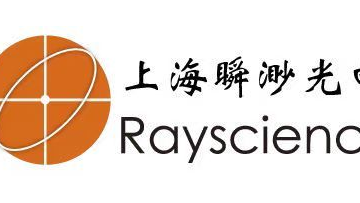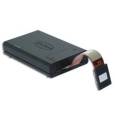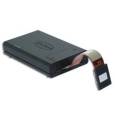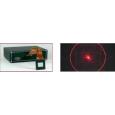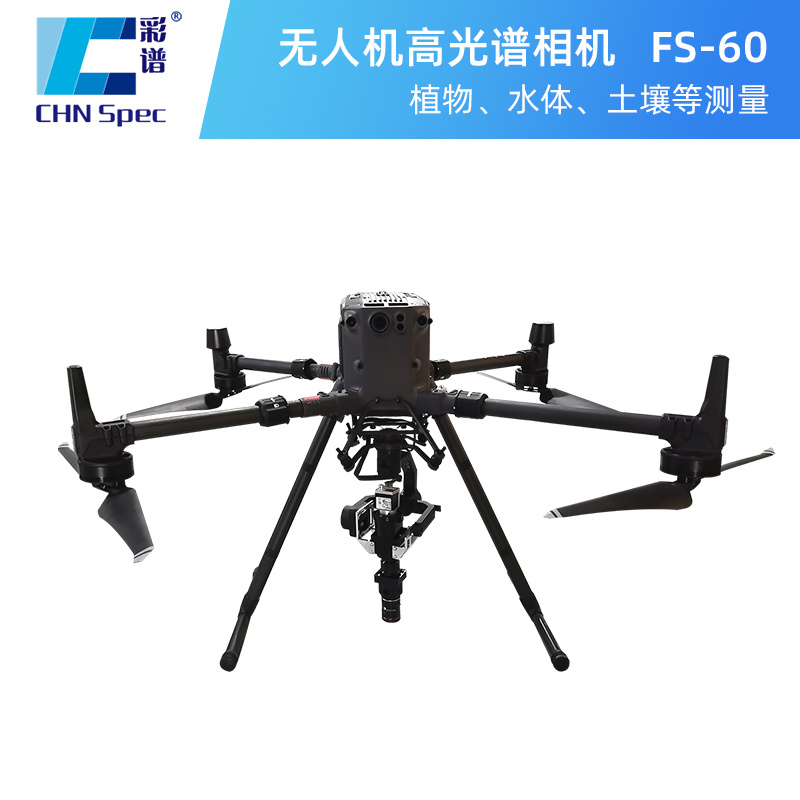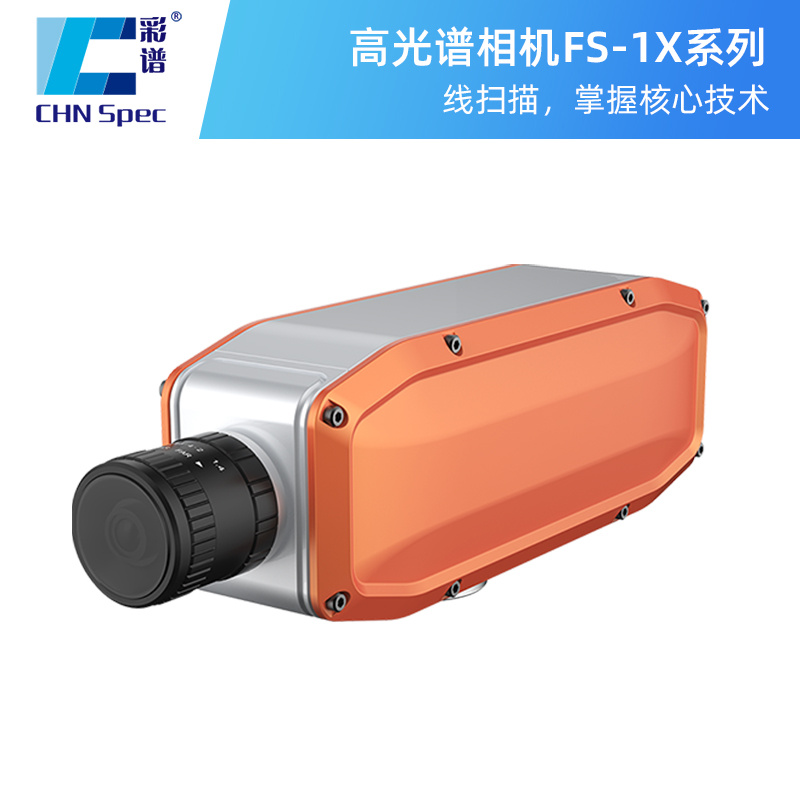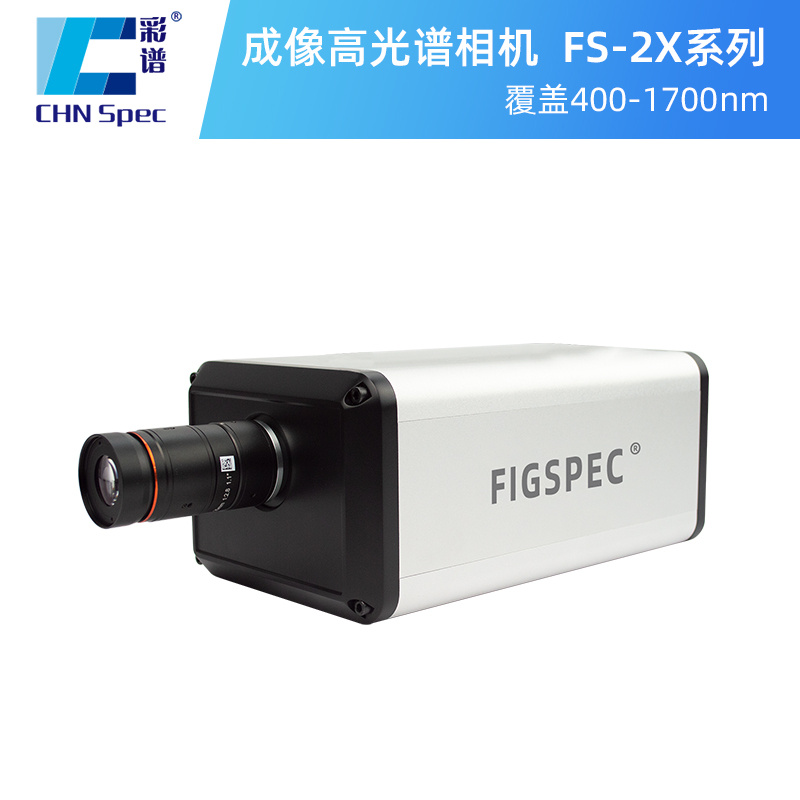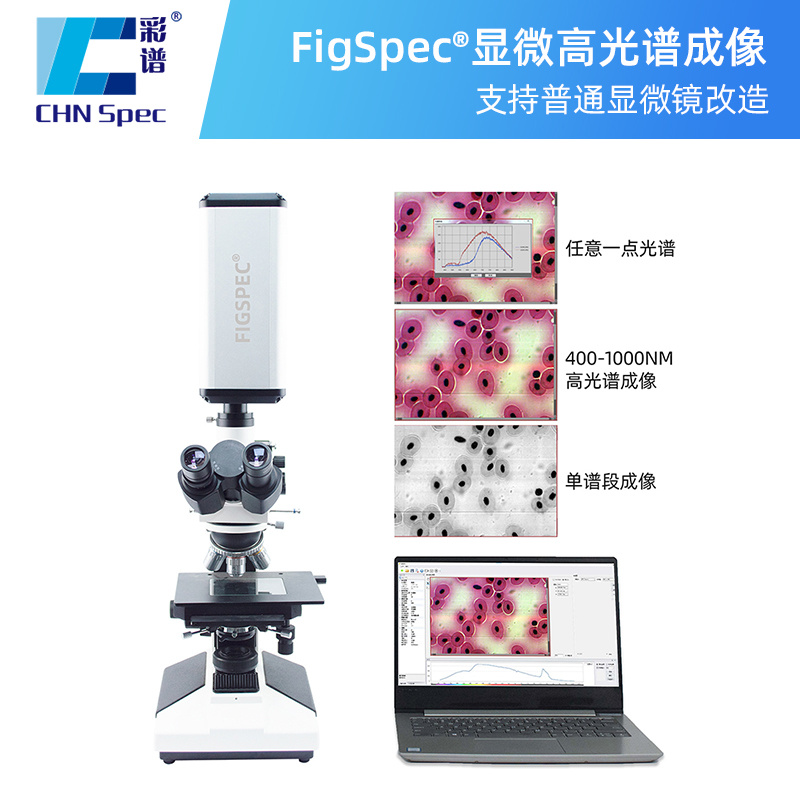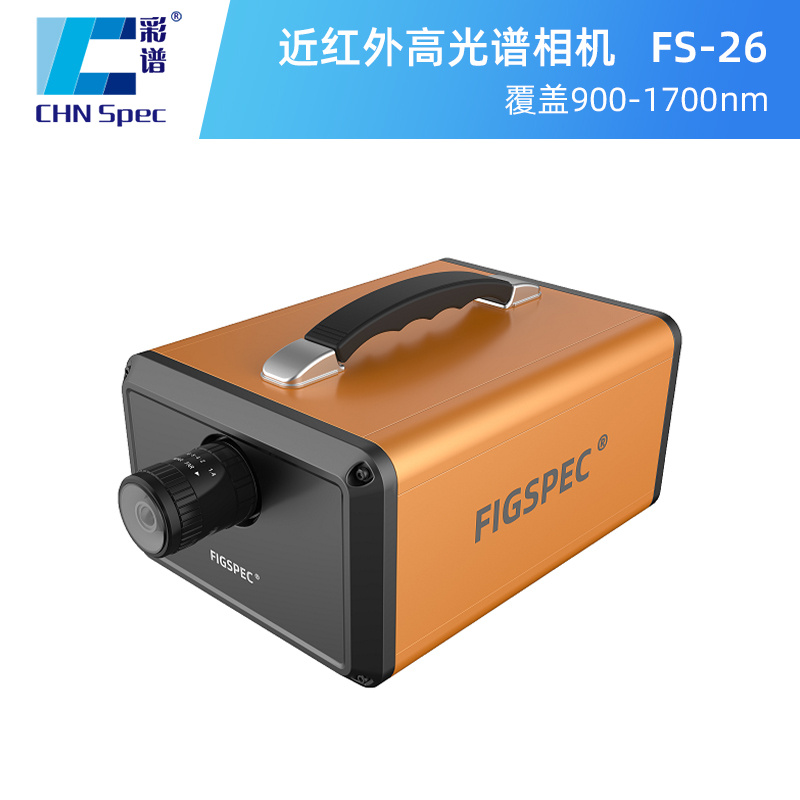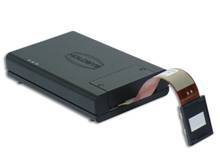
HOLOEYE空间光调制器(SLM)是基于液晶微显示技术,分为透射式和反射式。该系统可以在空间上调制光的强度和相位分布,是一种动态光学元件。
方案详情

Influence of Atmospheric Turbulence ona High-Dimensional Quantum KeyDistribution System using OrbitalAngular Momentum for Encoding Mehul Malik, Malcolm O'Sullivan, Brandon Rodenburg,Mohammad Mirhosseini, Jonathan Leach,Martin P.J. Lavery,Miles J. Padgett,and Robert W. Boydl.2 The Institute ofOptics, University ofRochester, Rochester, New York 14627 USA‘Department ofPhysics, University ofOttawa, Ottawa, ON K1N 6N5 CanadaSchool of Physics and Astronomy, University of Glasgow, Glasgow, United Kingdommemalik@optics.rochester.edu Abstract: We describe an experimental implementation of a free-space11-dimensional quantum key distribution (QKD) system using orbitalangular momentum (OAM) modes. This QKD system has a maximumtheoretical channel capacity oflog2(11)=3.46 bits/photon. The effects ofKolmogorov thin-phase turbulence on the OAM channel capacity of thisQKD system are quantified. We find that increasing the turbulence leadsto a degradation of the channel capacity of the OAM channel. We are ableto mitigate the effects of turbulence by increasing the spacing betweendetected modes. C 2012 Optical Society of America OCIS codes: (270.5568) Quantum cryptography; (200.2605) Free-space optical communica-tion; (010.1330) Atmospheric turbulence. References and links 1. C. Bennett and G. Brassard,“Quantum cryptography: Public key distribution and coin tossing,"in ProceedingsofIEEE International Conference on Computers, Systems, and Signal Processing, p. 175 (Bangalore, 1984). 2.P. A. Hiskett, D. Rosenberg, C. G. Peterson, R. J. Hughes, S. Nam, A. E. Lita, A. J. Miller, andJ. E. Nordholt,“Long-distance quantum key distribution in optical fibre,”New Journal Of Physics 8(9), 193-193 (2006). 3. R. Ursin, F. Tiefenbacher, T. Schmitt-Manderbach, H. Weier, T.Scheidl, M. Lindenthal, B. Blauensteiner, T. Jen- newein, J. Perdigues, P. Trojek, B. Omer, M. Furst, M. Meyenburg, J. Rarity, Z. Sodnik, C. Barbieri, H. We-infurter, and A. Zeilinger,“Entanglement-based quantum communication over 144km,”Nature Physics 3(7),481-486 (2007). 4.M1. Bourennane, A. Karlsson, G. Bjork,N. Gisin, and N. Cerf,“Quantum key distribution using multilevel en-coding: security analysis,”Journal Of Physics A-Mathematical And General 35(47), 10,065-10,076 (2002). 5.S. Groblacher, T. Jennewein, A. Vaziri, G. Weihs, and A. Zeilinger,“Experimental quantum cryptography withqutrits,"New Journal Of Physics 8, 75 (2006). 6. N. Cerf, M. Bourennane, A. Karlsson, and N. Gisin, “Security of Quantum Key Distribution Using d-LevelSystems,” Physical Review Letters 88(12), 127,902 (2002). 7. C. Paterson,“Atmospheric turbulence and orbital angular momentum of single photons for optical communica-tion," Physical Review Letters 94(15), 153,901 (2005). 8. G. Tyler and R. W. Boyd,“Influence of atmospheric turbulence on the propagation of quantum states of lightcarrying orbital angular momentum,”Optics Letters 34(2), 142-144 (2009). ( 9 . B . S mith and M. Raymer,“T w o-photon wave mech a nics," Phys i cal Review A 74(6) (2006). ) 10. G. Gbur and R. K. Tyson,“Vortex beam propagation through atmospheric turbulence and topological chargeconservation,” Journal of the Optical Society of America A 25(1), 225 (2008). 11. F. Roux,“Infinitesimal-propagation equation for decoherence of an orbital-angular-momentum-entangled bipho-ton state in atmospheric turbulence," Physical Review A 83(5)(2011). 12. W. K. Wootters and B. D. Fields,“Optimal state-determination by mutually unbiased measurements,”Annals ofPhysics 191(2), 363-381 (1989). 13. V. Arrizon, U. Ruiz,R. Carrada, and L. A. Gonzalez, “Pixelated phase computer holograms for the accurateencoding of scalar complex fields,”Journal Of The Optical Society Of America A-Optics Image Science AndVision 24(11),3500-3507(2007). 14. M. T. Gruneisen, W. A. Miller, R. C. Dymale, and A. M. Sweiti,“Holographic generation of complex fields withspatial light modulators: application to quantum key distribution," Applied Optics 47(4), A32 (2008). 15. G. C. G. Berkhout, M. P. J. Lavery, J. Courtial,M. W. Beijersbergen, and M. J. Padgett, “Efficient Sorting ofOrbital Angular Momentum States of Light,”Physical Review Letters 105(15), 153,601(2010). 16. M. P. J. Lavery, D. J. Robertson, G. C. G. Berkhout, G. D. Love, M. J. Padgett, and J. Courtial,“Refractiveelements for the measurement of the orbital angular momentum of a single photon,"Optics Express 20(3),2110-2115 (2012). 17. D. L.Fried,“Statistics of a Geometric Representation of Wavefront Distortion,” Journal Of The Optical SocietyOf America 55(11), 1427-1431(1965). 18. C. M. Harding, R. A. Johnston, and R. G. Lane, “Fast Simulation of a Kolmogorov Phase Screen,” AppliedOptics 38(11), 2161(1999). [。 Introduction Since Bennett and Brassard introduced the first quantum key distribution (QKD) protocol in1984 四, the field of QKD has rapidly developed to the extent that QKD systems are commer-cially available today. Secure transmission of a quantum key has been performed over 148.7km of fiber [②] as well as over 144 km of free space 3]. One of the limiting aspects of thesekey distribution systems is that they use the polarization degree of freedom of the photon toencode information 23]. The use of polarization encoding limits the maximum amount ofinformation that can be encoded on each photon to one bit. In addition, it places a low boundon the amount oferror an eavesdropper can introduce without compromising the security of thetransmission . Because of these limitations, there has been great interest in exploring otherways to encode information on a photon that would allow for higher data transmission rates andincreased security 圆]. Here we report results on the use of orbital angular momentum (OAM) modes of a photonto construct a QKD system. The motivation for doing so is that OAM modes span an infinite-dimensional basis. Hence, there is no limit to how much information one can send per photonin such a system. The large dimensionality of this protocol also provides a much higher levelof security than the two-state approach ].However, in a practical QKD system using OAMmodes, the maximum number of modes that can be used is limited by the size of the limitingaperture in the system. This occurs because the radius ofan OAM mode increases with the modenumber. In addition, since these are spatial modes, they are highly susceptible to turbulence.Recently, there have been several theoretical studies on how atmospheric turbulence affectsOAM modes 8g0. In this paper, we experimentally study the effects of atmosphericturbulence on the channel capacity of the OAM channel in our high-dimensional QKD system. 2. Quantum Key Distribution System In a conventional QKD system, the sender (Alice) and receiver (Bob) must have at least twomutually unbiased bases (MUBs) in which to send and receive their key. The maximum numberof MUBs in an N-dimensional QKD system is equal to N+1, for when N is a prime number2]. For the polarization-based implementation of the BB84 protocol 四, N is equal to 2 andthere are three available MUBs. Our OAM-based QKD system has a dimensionality d= 11,and 12 possible mutually unbiased bases. Out of these, we choose to use only two in order tomaximize our key transmission rate, which is inversely proportional to the number of MUBs Fig. 1. Experimental QKD Setup. Our source is a HeNe laser operating at 633 nm that ismodulated by an acousto-optic modulator (AOM) to carve out single-photon pulses. TheOAM and ANG states, as well as the turbulence phase screens are generated by the spatiallight modulator (SLM) and 4f system. R1 and R2 are custom refractive elements used tosort the OAM and ANG modes, and the beam splitter (BS) acts as the passive basis selector.The modes are detected on an electron-multiplying camera (EMCCD). that are used. The first basis is made up of 11 OAM modes and is called the OAM basis. TheOAM modes have the form where Ao is the spatially uniform field amplitude, W(x) is an aperture function such that W(x)=1 for x|≤1 and zero otherwise, r and 0 are the radial and azimuthal coordinates, and I is theOAM quantum number. The second basis is called the ANG basis and is made up of angularmodes, which are a linear combination of the 11 OAM modes and have the form These modes are so named because their intensity profile looks like an angular slice thatmoves around the center of the beam as one changes the relative phases of the componentOAM modes. In order to characterize the effects of turbulence on our QKD system, we chooseto use pure vortex modes with a circular aperture function instead of Laguerre-Gauss modes inour system. We do this because our theoretical approach closely follows that of reference ,which is also based on pure vortex modes. A schematic of our experimental setup is shown in Fig. 1. We use a HeNe laser modulated byan acousto-optical modulator (AOM) as our source. The AOM carves out single-photon pulsesfor the QKD protocol. However, for the purposes of characterizing the effects of turbulence onour system, we do not use single-photon pulses, as we can study the effects at high light levels.The OAM and ANG modes are generated by Alice using a hologram generated on a HoloeyePLUTO phase-only spatial light modulator (SLM) in conjunction with a 4f system [[314].Fig. 2 shows some of the holograms we used and the OAM and ANG modes generated by them.....41 The generated modes are then imaged across a free-space channel onto Bob’s detection plane.One of the key hurdles to using OAM modes to perform QKD has been the need of a method ofefficiently sorting single photons carrying OAM modes. This problem was recently overcomeby a method that uses two phase screens to conformally map an input OAM state to a shiftedspot in the fourier plane of a lens [15]. In our setup, we are using custom refractive elementsdesigned according to this method in order to carry out efficient sorting of OAM modes d].The OAM sorter maps the input OAM modes to a row of spots on our detector. Since the complex ANG modes are mostly non-overlapping in intensity, they can be sorted Fig. 2. Upper row: Holograms written onto the SLM to generate OAM and ANG modes.Lower row: CCD images of the corresponding modes generated (OAM mode number l =-1,3, and 5, and ANG mode number n =1,5, and 9). based on their angular position. For convenience, we use the first element (R1) of the OAMsorter to map the angular intensities to a partially overlapping row of spots, which are imagedonto the detector. The beam splitter (BS) acts a passive selector of Bob’s measurement basis,randomly measuring photons in either the OAM or ANG basis. We use an electron-multiplyingCCD (EMCCD) as our detector. 3. Effects of Turbulence on Channel Capacity As with any real-world free-space communication system, atmospheric turbulence plays a largerole in determining how practical the system may be. For ground-to-satellite communicationsystems, atmospheric turbulence can be modeled as a thin phase screen in the aperture of thereceiver or sender. The effects of turbulence on our QKD system can be characterized in termsof crosstalk in the OAM and ANG channels. However, the effects of thin phase turbulence onthe ANG channel cannot be studied in our system because of two reasons. First, the sorter islimited in that it only maps the non-overlapping intensities of the complex ANG modes to arow of spots. Any phase information in the ANG modes is not conveyed. Second, the thin-phase turbulence is in an image plane of the ANG channel. Since the ANG modes are imagedfrom the SLM to the sorter element R1, and then intensity-mapped to the detector, the effectsof turbulence added at the SLM are not apparent in the sorted ANG modes. However, we can study the effects of turbulence on the OAM channel in our QKD system,as the sorter sorts these modes based on their orthogonal phase distributions. Thin phase tur-bulence can be approximated by the Kolmogorov model of turbulence. The phase structurefunction in this model obeys the relationship where ro is Fried’s coherence diameter [17],a measure of the transverse distance scale overwhich refractive index correlations remain correlated. We generate turbulence phase screensbased on this model [8] and add them to the pattern written on the SLM. An example ofthree Kolmogorov phase screens with different values of ro is shown in Fig. 3. The crosstalkintroduced by this type of turbulence into an OAM channel can be written in the form a) b) Fig. 3. Sample Kolmogorov turbulence phase screens that are added onto the SLM forthree different values of turbulence strength, D/ro =(a) 5.12, (b) 10.25, and (c) 102.5.Each screen has a resolution of 512x512 pixels and the phase wraps from 0 to 2n. where p=r/R, and Pis is the conditional probability that Bob detects an OAM mode withquantum number d given that Alice sent an OAM mode with quantum number s. Here, D isthe diameter of the receiving aperture. From these probabilities, we can calculate the channelcapacity of our OAM channel as = H(x)-H(xy) Here, N is the total number of modes in our system. Experimental data for the channel capacityof the OAM channel in our QKD system with N=11,9,7,5, and 3 are shown in Fig.4. Thechannel capacity, I, is plotted as a function of the turbulence strength, D/ro, where D is thediameter of the photon field at the SLM and ro is Fried’s coherence diameter. For each datapoint, we average over 20 different turbulence screens. The theoretical channel capacities ascalculated by eqs. (4) and (5) are also plotted, as well as the channel capacity of a polarization-based two-dimensional system, which is essentially immune to the effects of turbulence. As can be seen, the channel capacity at the weakest turbulence strength is much lower than Fig. 4. Influence of Kolmogorov turbulence on the channel capacity of an OAM communi-cation channel for a system dimensionality of N=3,5,7,9 and 11. The channel capacityof a system using polarization modes is plotted as a dotted line for comparison. Fig. 5. Affects of changing the spacing between detected modes (MS) on the channel ca-pacity of a 3-dimensional OAM communication system in the presence of atmosphericturbulence. For a mode-spacing of 4, the maximum channel capacity of a 3-dimensionalsystem is seen to approach the theoretical maximum of log2(3)=1.585. the maximum of log(N). This is because the OAM sorter is not perfect and introduces someinherent crosstalk [[5].Nonetheless, our higher dimensional systems perform much better thanthe polarization-based system below a certain turbulence strength. This is indicated in Fig. 4 bythe point at which the channel capacity curve for an N-dimensional system crosses the dottedline for a polarization-based system. As we go to higher dimensional systems, this point movesto the right on the x-axis, indicating that higher-N systems are more resistant to turbulence. Ata turbulence strength of D/ro=10, the channel capacity vanishes for all systems. Since OAM modes constitute an infinite-dimensional basis, one can reduce the effects ofthe inherent sorter crosstalk and turbulence by increasing the spacing (MS) between detectedmodes to greater than one. We study this effect on a subset of our system with N =3, forthree different mode-spacings (MS = 1, 2 and 4). It is clear from Fig. 5 that increasing themode spacing between detected modes boosts the initial channel capacity and makes our systemslightly more resistant to turbulence. The maximum channel capacity for a mode-spacing offour is close to the theoretical maximum of log2(3)=1.585. In addition, the channel capacityfor this mode-spacing starts decreasing at a value of D/ro that is almost an order of magnitudegreater than that for a mode-spacing of one. 4. Conclusions We built an 11-dimensional free-space QKD system using orbital angular momentum (OAM)and angular (ANG) modes. We characterized the effects of Kolmogorov thin-phase turbulenceon the channel capacity of the OAM channel at high light levels. We found that turbulenceaffects the OAM channel drastically, and the effects can be mitigated by increasing the mode-spacing. We were not able to study the effects of thin-phase turbulence on the ANG channeldue to the inherent limitations of our mode sorter. We are currently working on improving theperformance of our mode sorter to coherently sort ANG modes and extending our study tothick-phase turbulence for modeling ground-to-ground systems. We would like to thank Dr.D. J. Gauthier for useful discussions. This work was supported by the DARPA/DSO InPhoprogram and the Canadian Excellence Research Chair (CERC) program.
确定
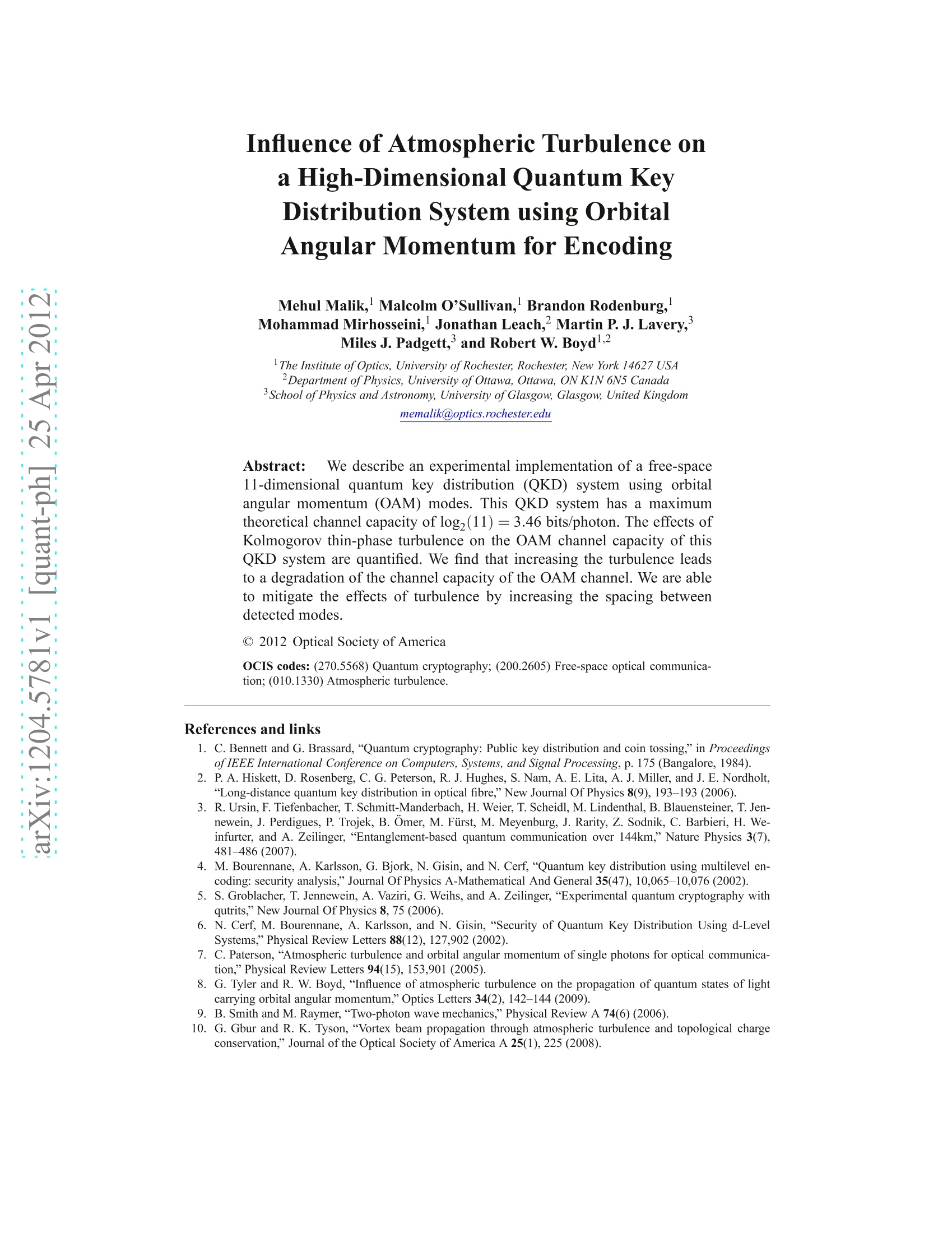
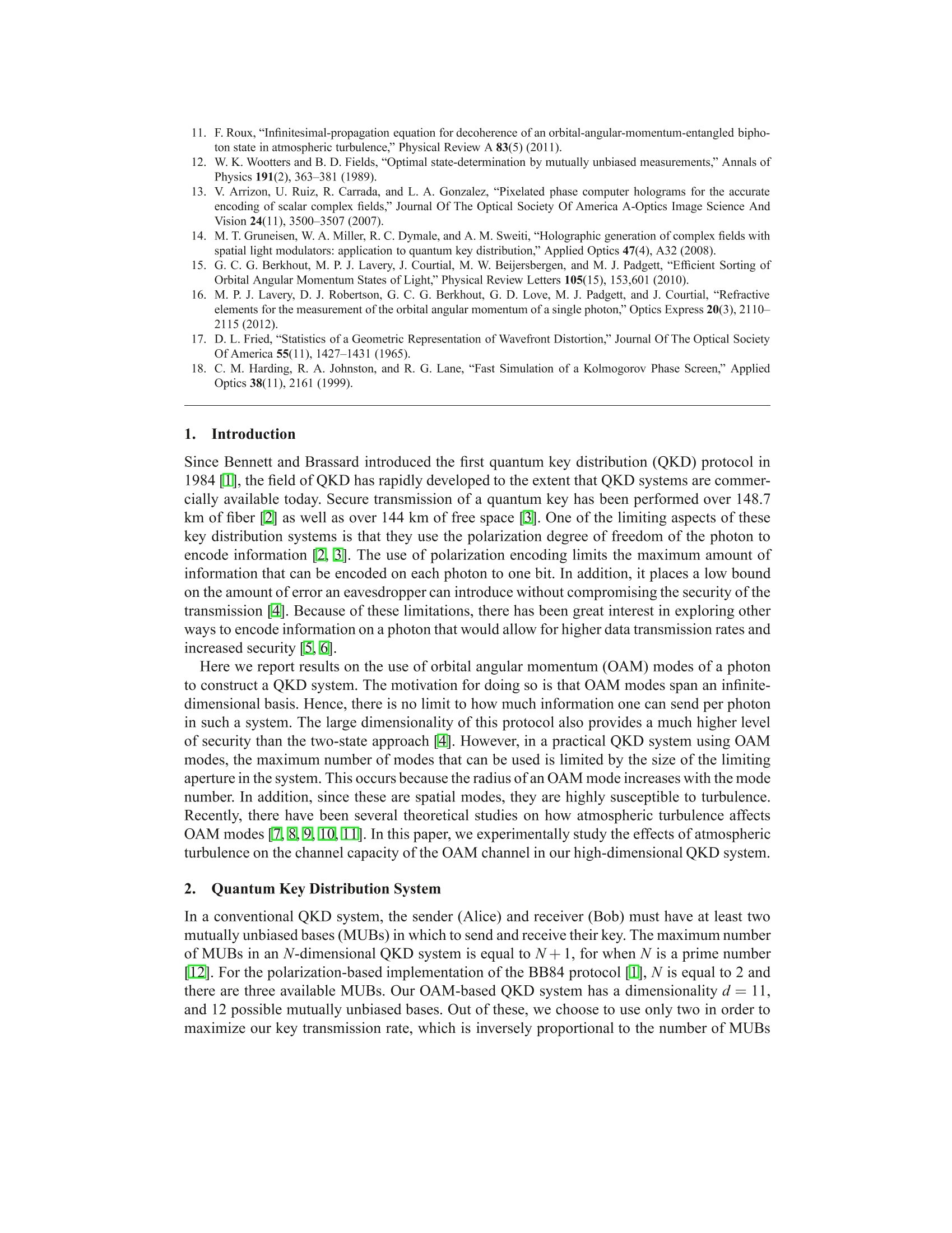
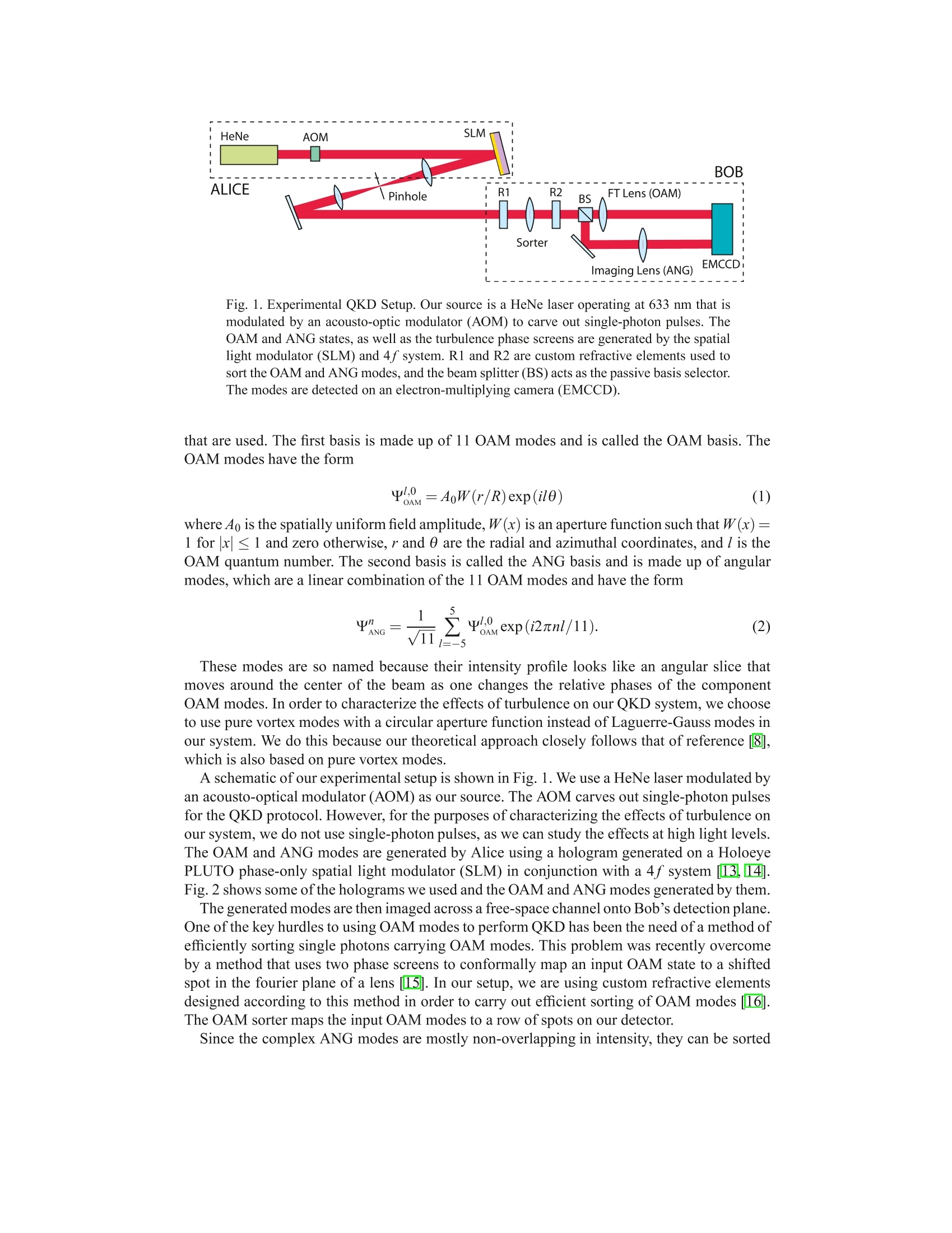

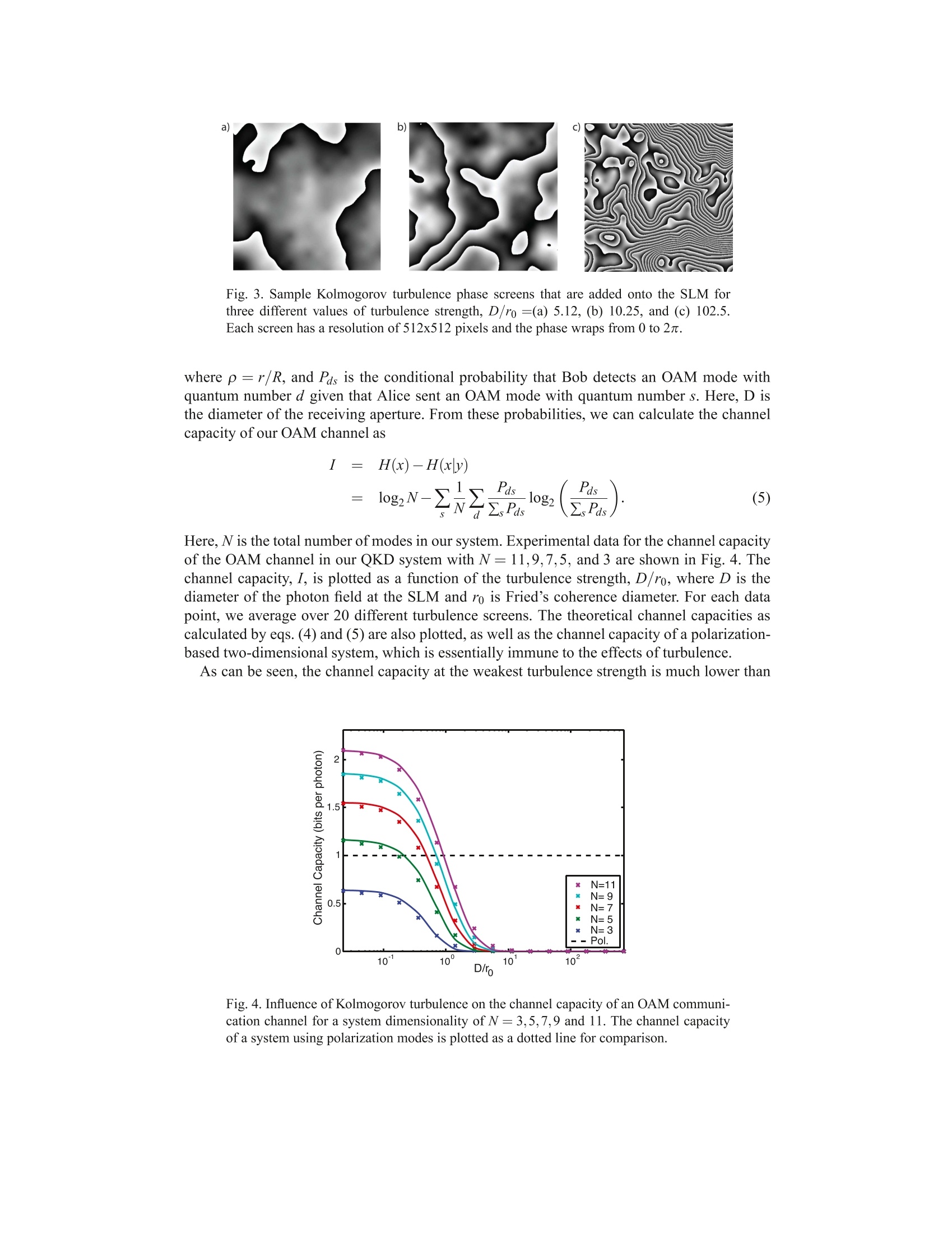

还剩4页未读,是否继续阅读?
瞬渺科技(香港)有限公司为您提供《量子通信波段论文及资料》,该方案主要用于其他中--检测,参考标准--,《量子通信波段论文及资料》用到的仪器有HOLOEYE空间光调制器PLUTO-2.1-TELCO-013、HOLOEYE空间光调制器PLUTO-2.1 NIR-015、Holoeye、LC-R720、空间光调制器
推荐专场
相关方案
更多






